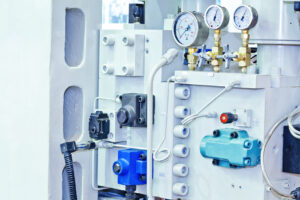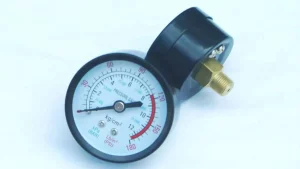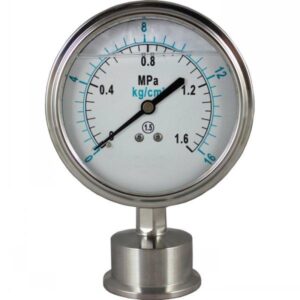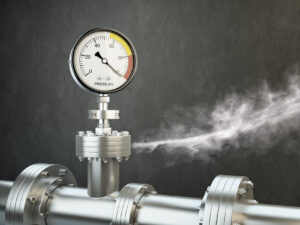The complex machinery of a vessel, from its main engine to its auxiliary systems, operates under significant thermal stress. Monitoring these temperatures is not merely a matter of efficiency; it is a critical component of operational safety and preventative maintenance. This is where marine thermometers prove indispensable. These specialized instruments are designed to provide accurate and reliable temperature readings in the challenging marine environment.
Why Marine-Specific Thermometers are Crucial
Unlike standard industrial thermometers, marine-grade instruments are built to withstand the harsh conditions at sea. They are engineered to be resistant to:
Vibration and Shock: Constant engine vibration and potential impacts demand robust construction.
Corrosion: Exposure to saltwater spray and humid air requires materials like brass, stainless steel, or chrome-plated brass with corrosion-resistant internals.
Extreme Temperatures and Weather: They must perform reliably in wide temperature ranges and be sealed against moisture ingress.
Common Types of Marine Thermometers
Dial Thermometers (Bimetallic): These are the most common type found on engine panels. They feature a easy-to-read dial and utilize a bimetallic coil or strip that expands and contracts with temperature changes, mechanically driving the needle. They are known for their durability and do not require external power.
Liquid-Filled Gauges: A subtype of dial thermometers, these are filled with a damping liquid (like glycerin or silicone). This fluid dampens the needle oscillation caused by vibration, providing a stable, easy-to-read indication—a vital feature in the engine room.
Digital Thermometers: Modern vessels increasingly use digital sensors and displays. These systems use an electrical sensor (like a thermocouple or RTD) that sends a signal to a remote display. They offer high precision and can be integrated into centralized alarm and monitoring systems.
Key Applications Onboard
Engine Monitoring: The primary application is monitoring engine coolant temperature, lubricating oil temperature, and exhaust gas temperature. An abnormal reading is often the first sign of a potential failure, such as a blocked cooler or failing water pump.
Fuel Oil and Lube Oil Systems: Monitoring the temperature of heavy fuel oil before purification and viscosity control is essential for efficient combustion and reducing engine wear.
Cargo Hold Monitoring: On container ships and other cargo vessels, thermometers are crucial for monitoring the temperature of refrigerated containers (reefers) or sensitive cargo.
Cabin and Galley: They are also used for ambient temperature control in living quarters and for food storage units.
Selecting the Right Marine Thermometer
When specifying a marine thermometer, consider:
Temperature Range: The gauge’s range must adequately cover the normal operating temperature as well as safe upper and lower limits.
Dial Size and Readability: Typically 2.5″, 4″, or 6″ dials are used for optimal visibility.
Connection Size and Type: The stem or sensor must have the correct thread (e.g., 1/2″ NPT, 1/4″ PT) to fit the existing socket.
Marine Certification: Look for gauges that meet relevant marine standards for quality and safety.
In conclusion, the marine thermometer is a deceptively simple device that plays a vital role in the smooth and safe operation of any vessel. By providing a clear window into the health of critical systems, it allows crew members to act proactively, preventing costly downtime and ensuring the vessel remains seaworthy.



